Autoclaved Aerated Concrete
Overview
Concrete is one of the most used construction material in today’s society. It’s a fundamental element in our buildings, infrastructure and has positively impacted the our overall quality of life. Concrete is a popular product because it’s economical but at the same time, provides characteristics such as strength and durability. That being said, not all concrete are the same. There are various types of concrete and according to what the application is, you select the concrete that best suits you. In today’s article, I’d like to talk about autoclaved aerated concrete, a popular building material in some parts of the world.
Background
Autoclaved aerated concrete (ACC) was developed in Sweden during the 18th century. It is a prefabricated material that are made at local manufacturing plants and shipped to site. Unlike conventional modern concrete block, ACC are porous and light because it contains no aggregate and its procuring method is different from the conventional method. The material is made out of five elements: sand, cement, lime, natural anhdride, and aluminum powder. Depending on the manufacturer, the mix fluctuates but at the end of the day, some kind of mix is steamed and pressured and an ACC block is created. As mentioned previously, ACC is a popular choice worldwide. It’s popular in the European markets and Asian markets but it has not gained traction in North America. One reason why it hasn’t gained traction in countries such as United States, Canada and Mexico isn’t because of a lack of interest, but there is no manufacturer that are capable of producing the material at a sufficient rate - one source cited there is only one manufacture for all three countries.
Advantages
Lightweight
As mentioned above, ACC is a lightweight material because it contains no aggregate. In theory, this would result in a cheaper labor and delivery cost.Favorable Thermal Properties
ACC is known to have better thermal properties than their counterparts. The performance is based different for each manufacturer. For example, YTONG -one of biggest ACC manufacturer - had recently had an energy study done by the Center of Renewable Energy Sources of Greece. The study concluded that if you build your house with YTONG Blocks, you can achieve 6.6% reduction of the energy you spend in order to heat the building and 41.4% reduction of the energy you spend to cool the building.Ecological
Concrete is known for having high embodied energy. A lot of energy is needed from its extraction, manufacture and transportation. With regards to ACC, its embodied energy is lower than your typical concrete as less material is needed. There have been claims from multiple manufacturers that ACC takes less 50% less energy to produced since there are no aggregates and its Portland cement quantity is lower than your conventional concrete unit.Sound Proofing Technology
ACC are great sound insulators. Their porous structure allows them to absorb more sound than an average concrete unit.
Disadvantage
Learning Curve
Many contractors in North America are unfamiliar with ACC, and are unused to the special thin-set mortar required to lay it.Little to no supplies in North America
ACC itself has an initial cost per unit higher than ordinary concrete. In addition, the small number of manufacturing facilities in the US could make using AAC very expensive for projects where the material must travel long distances from a manufacturer.

